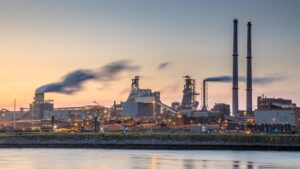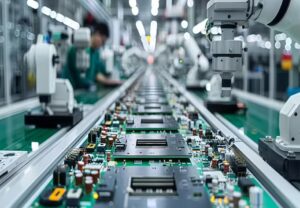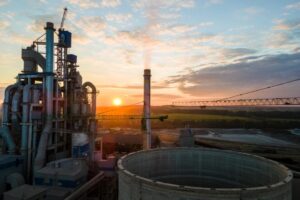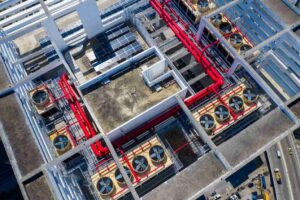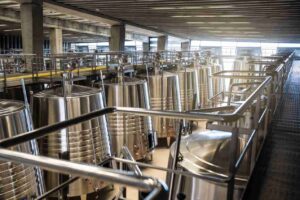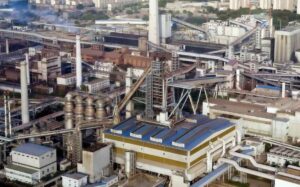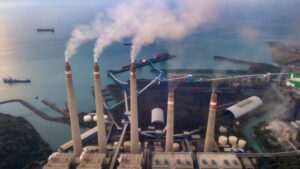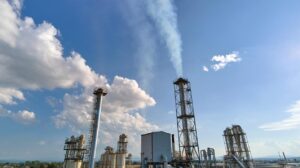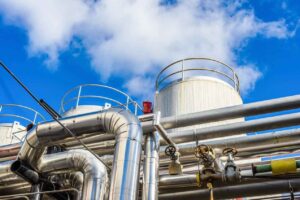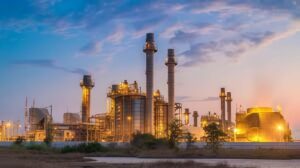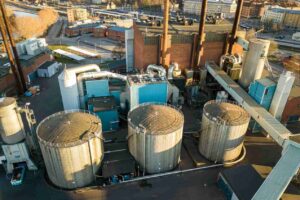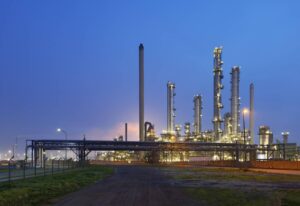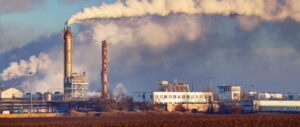Steel production faces persistent challenges in gas control—leaks, combustion inefficiencies, and safety risks. Laser gas analyzers offer real-time, high-precision solutions that revolutionize process monitoring and emissions control.
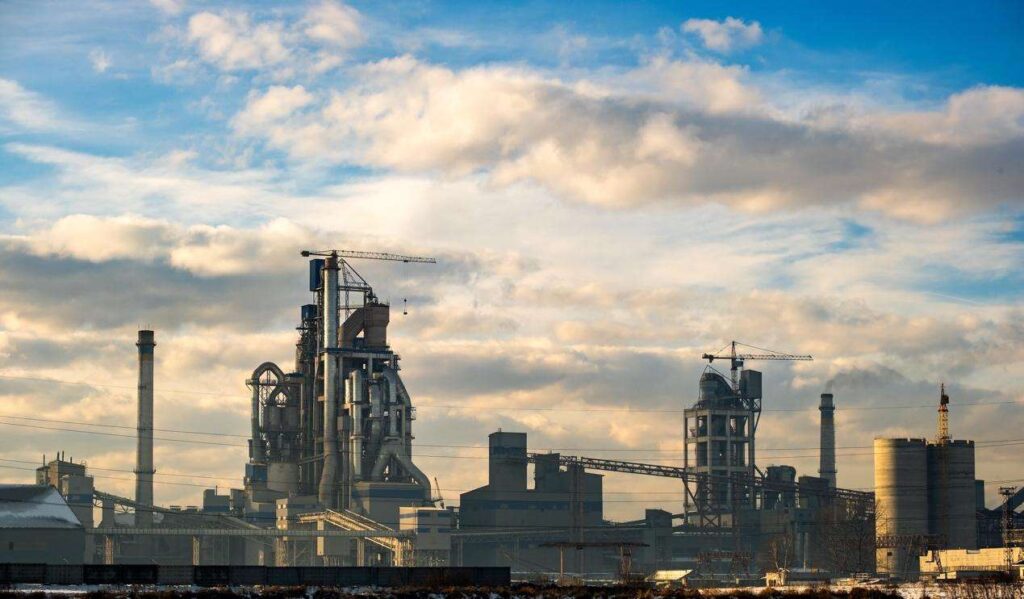
Laser gas analyzers play a vital role in the steel industry by providing continuous, contactless measurement of critical gases. Their high accuracy, fast response, and low maintenance needs make them indispensable for optimizing operations and ensuring regulatory compliance.
While the benefits of laser gas analyzers are clear, understanding their specific roles across various steelmaking stages will help manufacturers fully leverage their advantages. Let’s examine how this technology supports efficiency, safety, and sustainability in steel production.
How Do Laser Gas Analyzers Optimize Blast Furnace Gas Monitoring?
Fluctuations in blast furnace gas composition lead to unstable combustion, energy loss, and unplanned downtime.
In a blast furnace, large volumes of gas—primarily CO, CO₂, CH₄, H₂, and O₂—are continuously generated during the reduction of iron ore. Maintaining a stable gas mixture is essential for consistent thermal efficiency and downstream process control. Traditional gas analysis methods often suffer from lag, sample conditioning issues, or maintenance downtime.
Laser gas analyzers, especially Tunable Diode Laser Absorption Spectroscopy (TDLAS) systems, offer a non-intrusive and real-time solution. Installed directly on flue or process ducts, they continuously monitor gas composition without the need for sampling lines or filters. By delivering high-speed measurements with ppm-level sensitivity, these analyzers help operators maintain precise control over fuel-air ratios and detect imbalances or leakages immediately.
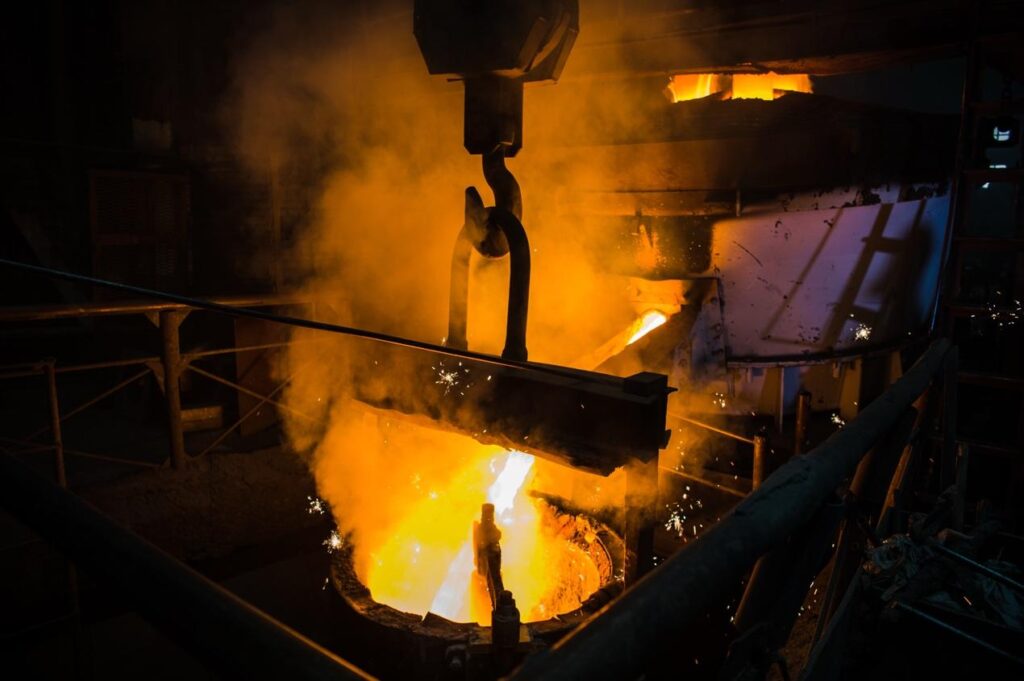
This results in improved combustion efficiency, reduced coke rate, and optimized energy recovery through gas recycling systems. Moreover, accurate gas monitoring supports better control of top pressure and burden distribution, further stabilizing furnace operation. Ultimately, laser gas analyzers contribute to a more energy-efficient, cost-effective, and safer ironmaking process.
How Does Laser Analysis Improve Oxygen Control in Basic Oxygen Furnace (BOF) Steelmaking?
Poor oxygen control in BOF steelmaking leads to over-oxidation, metal loss, and product inconsistency.
In the Basic Oxygen Furnace (BOF), oxygen is blown at high velocity into molten pig iron to remove impurities like carbon, silicon, and phosphorus. This exothermic reaction is extremely sensitive to oxygen concentration and timing. Excessive oxygen can result in unwanted oxidation of valuable alloying elements, while insufficient oxygen may leave residual impurities in the steel.
Laser gas analyzers, particularly those based on TDLAS technology, provide real-time, in-situ monitoring of off-gas compositions—especially O₂ and CO. These measurements are crucial for dynamic process control, allowing operators to optimize the oxygen blowing profile and endpoint detection with greater precision than traditional probe-based systems.
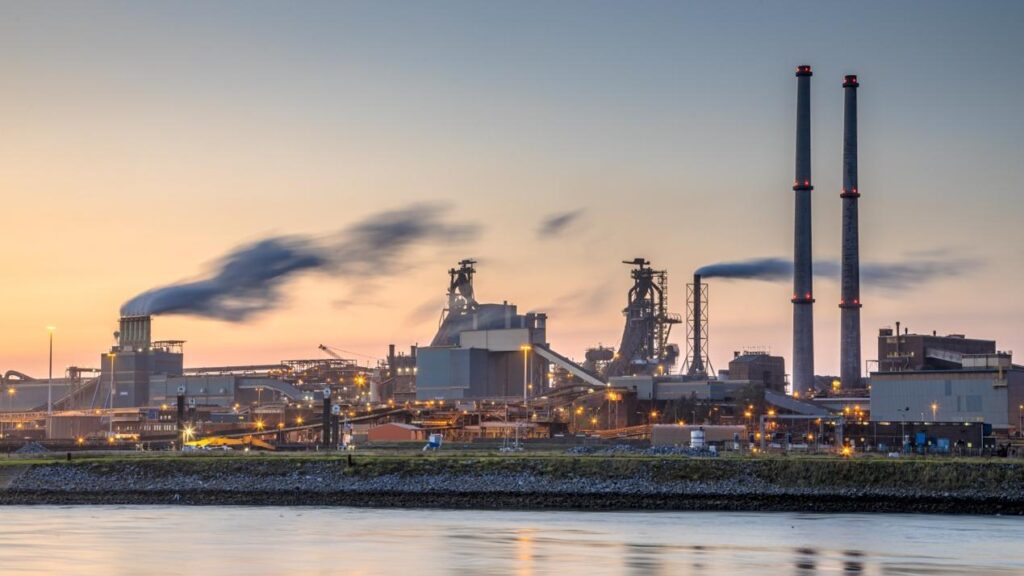
By analyzing the CO/O₂ ratio in the off-gas, operators can better understand the decarburization rate and adjust oxygen flow accordingly. This not only improves steel yield and quality but also reduces reblowing cycles and tap-to-tap times. Additionally, accurate oxygen control enhances thermal management within the converter, preventing excessive slag formation and refractory wear.
In short, laser-based oxygen monitoring ensures tighter process control, lower operating costs, and higher consistency in steel composition—critical factors in high-volume, high-spec BOF operations.
How Do Laser Gas Analyzers Enhance Combustion Efficiency in Reheating Furnaces?
Uncontrolled combustion in reheating furnaces results in energy waste, increased emissions, and temperature imbalances.
Reheating furnaces are critical for preparing semi-finished steel products like billets or slabs for rolling. These furnaces consume large quantities of fuel, and even slight inefficiencies in combustion control can lead to excessive fuel costs, uneven heating, and elevated emissions such as NOx, CO, and CO₂. Traditional combustion monitoring methods often rely on periodic sampling and lagging sensor data.
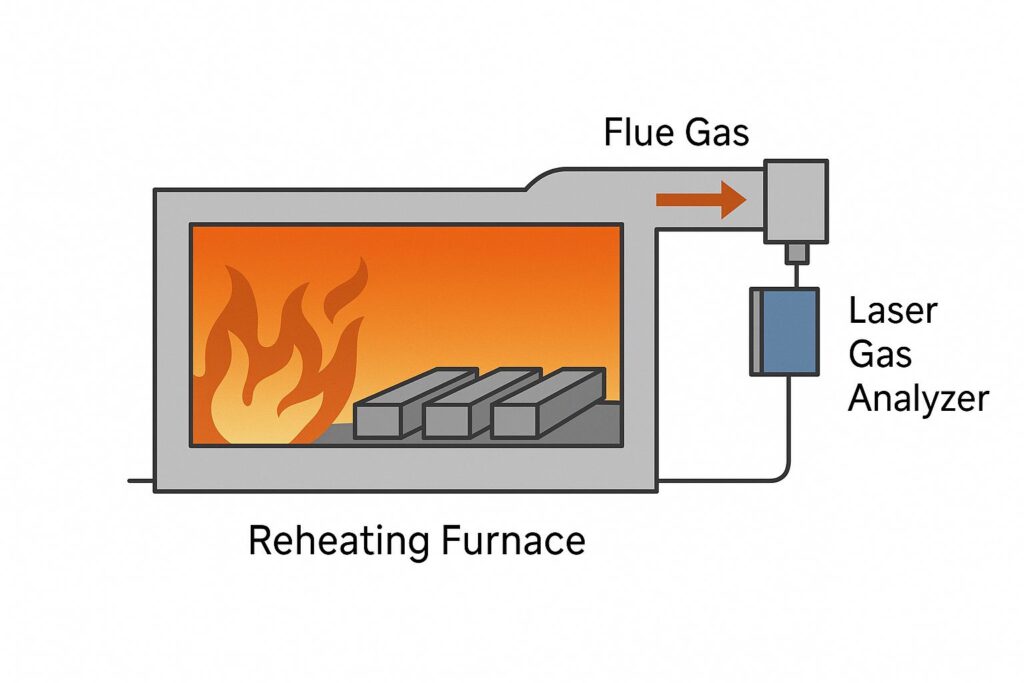
Laser gas analyzers provide continuous, real-time measurement of key combustion gases—mainly O₂ and CO—directly in the flue gas or furnace atmosphere. With their fast response time and non-contact design, they allow for precise air-to-fuel ratio control, enabling consistent and optimized combustion throughout the heating process.
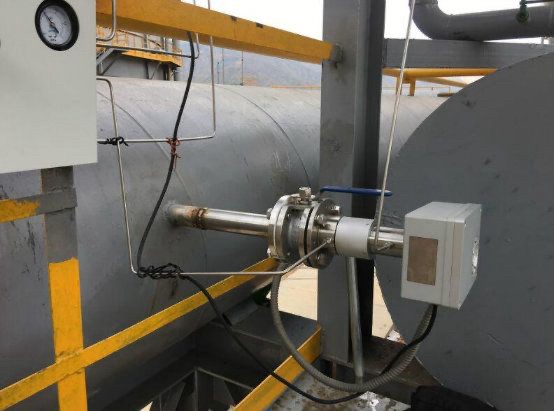
Key benefits of laser gas analyzers in reheating furnace optimization:
- Precise Air-Fuel Ratio Tuning
By monitoring residual oxygen (O₂) levels in real time, operators can fine-tune the combustion mixture. This ensures fuel is burned completely without excess air, maximizing thermal efficiency and minimizing NOx formation.
- Reduced Carbon Monoxide Emissions
Accurate CO detection prevents incomplete combustion, reducing both fuel waste and safety risks associated with toxic gas buildup. This also supports environmental compliance with increasingly strict emission standards.
- Enhanced Temperature Uniformity
Stable combustion translates to more consistent temperature profiles inside the furnace. This helps maintain metallurgical quality, reduces rejects, and improves the performance of downstream rolling equipment.
- Lower Maintenance and Downtime
Unlike extractive gas analyzers, laser systems operate without filters or sample lines, reducing clogging, corrosion, and sensor failure—leading to higher reliability and lower lifecycle costs.
By enabling stable, clean, and fuel-efficient combustion, laser gas analyzers help steel plants reduce operational expenses, extend equipment life, and meet both production and environmental goals with confidence.
ESE TDL Laser Gas Analyzer
We can provide Carbon Dioxide (CO2) gas analyzers with TDLAS and NDIR technologies to meet different customer needs.
Measurement range from ppm to %

ESE-IR-100 Carbon Dioxide (CO2) gas analyzer is a new type of infrared gas sensor independentlydeveloped by our company for environmental monitoring and industrial site emission gas analysis. High-precision, high-resolution probes and gas absorption cells with completely independent intellectual property rights are used. The sensor has the characteristics of high precision, good stability and fast response time.
- Measurement Principle: NoDispersed infrared(NDIR)
- Measuring Range:CO2(0~200/500/10000)μmol/mol;(Two-component analyzer:Other ranges or gas components can be customized)
- Sample Gas Flow:(0.8~1.5)L/min;
- Response Time≤60Second
- Measurement Error:±2.0%FS
- Drift:±2.0%FS
- Repeatability:2.0%
- Preheat Time≤60min
- Input/Output Signals:Analog quantity/(4~20)mA and switching quantity; reserved expansion interface
- Digital InterfaceRS232/RS485
How Does Real-Time Monitoring Improve Plant Safety?
Gas leaks and combustion instability pose severe safety risks in steel plants, yet many systems still rely on delayed or manual detection.
Steel production involves extreme temperatures, high-pressure gases, and enclosed combustion systems—all of which present serious hazards if not continuously monitored. Undetected leaks of CO, CH₄, or H₂ can lead to explosions, fires, or asphyxiation. Moreover, improper combustion can result in furnace overheating or structural damage.
Laser gas analyzers dramatically enhance plant safety by offering real-time, in-situ monitoring of hazardous gas concentrations. Unlike traditional gas detectors that rely on sampling tubes or manual checks, laser-based systems deliver continuous feedback with rapid response times—often within seconds. These systems are typically installed on flue gas lines, ducts, or furnace walls and use Tunable Diode Laser Absorption Spectroscopy (TDLAS) to detect gas levels with high accuracy and minimal drift.
Key safety advantages include:
- Early Leak Detection
Detecting rising CO or CH₄ levels early prevents potential accumulation in confined spaces, giving operators crucial time to trigger alarms and evacuate areas before a critical incident occurs.
- Combustion Abnormality Alerts
Sudden drops in O₂ or spikes in CO can indicate incomplete combustion or burner failure. Real-time alerts allow immediate corrective actions, preventing thermal runaways or fire outbreaks.
- Safer Maintenance and Operations
With continuous gas visibility, operators can safely schedule maintenance shutdowns and verify that atmospheres are safe for entry—reducing the need for repeated manual gas checks.
- Regulatory Compliance
Many safety standards (e.g., OSHA, EPA) require continuous gas monitoring in hazardous areas. Laser gas analyzers help meet these demands with automated logging and diagnostics.
In summary, real-time gas monitoring isn’t just a technical improvement—it’s a life-saving investment. By reducing the time between risk emergence and operator response, laser gas analyzers play a critical role in creating a safer, smarter steelmaking environment.
Laser gas analyzers empower steel manufacturers with accurate, real-time data across multiple process stages. From energy optimization to emissions control, their application enhances operational efficiency, product quality, and workplace safety—making them a key technology for the future of steelmaking.




